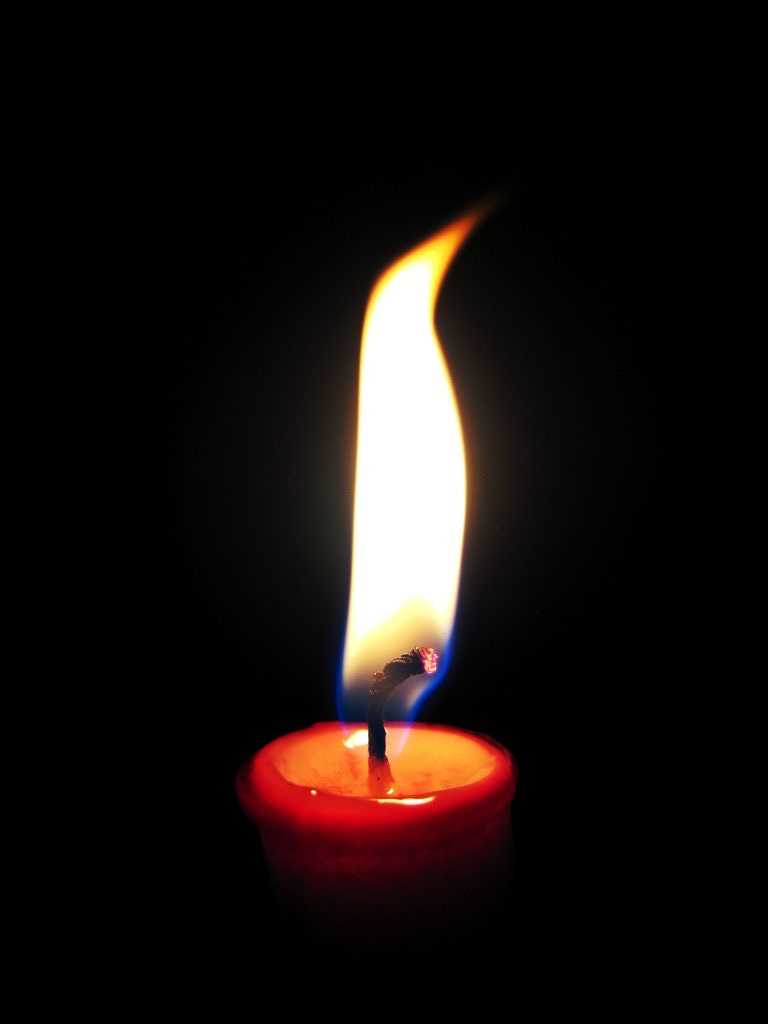In the world of modern witchcraft, where spells are spoken like prayers and candles flicker with intention, there’s one tradition that cuts through all paths, practices, and pantheons — ancestor veneration. Whether a witch follows Wicca, Hoodoo, folk traditions, or simply a personal spiritual path, honoring those who came before is often a sacred and grounding part of the craft.
Because here’s the thing: witches don’t just look to the stars or the moon — they also look back. Way back. Into the bloodline, into the bones, into the whispered stories of great-grandmothers and unknown forebears whose names may be long forgotten but whose presence still lingers in the quiet moments.
More Than a Family Tree
Let’s get one thing straight: ancestor work isn’t just about biology. Sure, many witches honor their direct bloodline — the grandparents, great-grandparents, and those beyond. But there’s also room at the table for chosen ancestors: queer elders, spiritual teachers, cultural icons, and even those who were unjustly silenced or forgotten by history. Ancestor work is not limited by DNA. It’s guided by connection.
And it’s not always sweet and sentimental, either. Ancestor work can be healing. Sometimes messy. Sometimes a reckoning. But always powerful.
The Altar as a Portal
One of the most common ways witches honor their ancestors is through an ancestor altar. This is a sacred space, often simple — a shelf, a table, or even a windowsill — where photos, heirlooms, candles, and offerings are arranged with care.
It might include:
• A candle to light the way
• A glass of water for refreshment
• A plate of favorite food on special days
• A sprig of herbs like rosemary or mugwort
• And maybe an old photo that makes your heart ache a little
That altar becomes a doorway. A space where the veil between worlds thins, and the living and the dead can meet — not in fear, but in love.
Speaking Their Names
Another way witches honor ancestors is through words — whispered, sung, written, or even spoken aloud during rituals.
Some recite the names of their ancestors as a form of invocation. Others write letters to the departed or speak to them during meditation or trance. The idea is to keep their stories alive — or, in some cases, to rewrite the narrative. To say, “I see you. I haven’t forgotten.”
During times like Samhain (October 31st), which many witches believe is when the veil between worlds is thinnest, ancestor work takes center stage. The dead are not mourned — they’re invited in. Dinners are set with extra plates, candles are lit in windows, and the air is thick with memory.
Offerings of Gratitude and Growth
Witches often leave offerings for their ancestors — not as bribes, but as thanks. Wine, bread, coins, tobacco, incense — these are symbolic gifts of connection. “I haven’t forgotten you,” they say. “Thank you for walking before me, even when your path was hard.”
In return, ancestors may offer protection, guidance, or insight. Not always through dramatic visions — sometimes it’s a dream. A gut feeling. A breeze at just the right time.
If those ancestors carry pain or trauma (as many do), witches may work to help heal those ancestral wounds — breaking patterns, ending cycles, and honoring the pain without repeating it.
Living as a Legacy
But maybe the most powerful way witches honor their ancestors isn’t through ritual at all. It’s by living. By thriving. By creating art, raising children, growing gardens, speaking truths, or simply choosing peace over pain.
It’s saying, “Your story didn’t end with you. I’m still writing it.”
⸻
In the end, ancestor work isn’t just some spooky spiritual practice — it’s deeply human. It’s remembering that we’re not alone. That behind us are generations of strength, sorrow, survival, and maybe even a little magic.
Whether you call it witchcraft or just a quiet moment of remembrance, one thing’s for sure: when you light that candle and speak their names, someone, somewhere, is listening.
#ancestors #honor #ancestorwork




